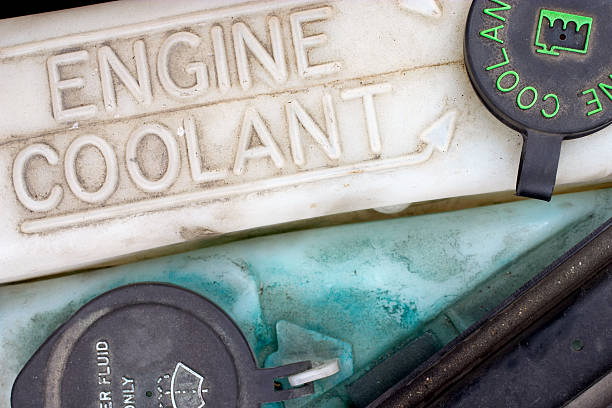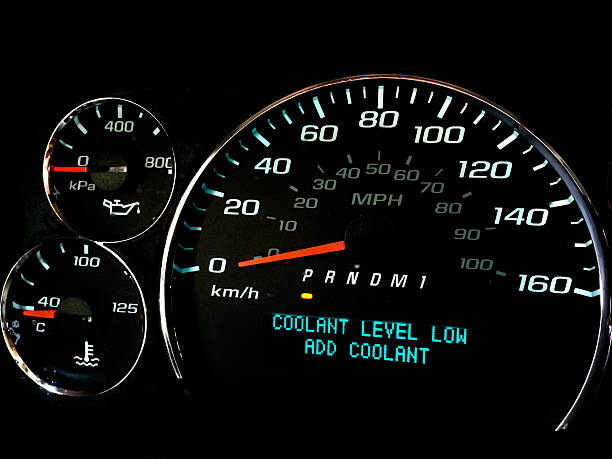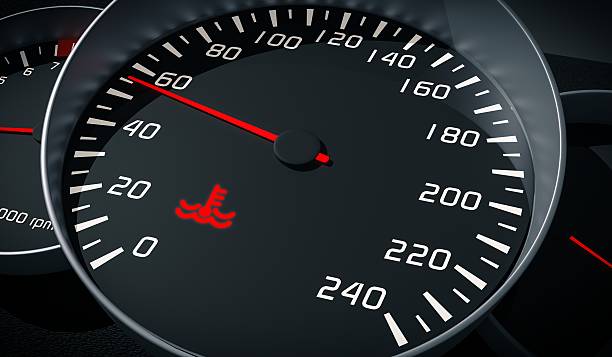

It’s great to have your car and drive from point A to point B. However, you need to have, at least, a basic knowledge of some functions that keep your car running. One such function is that of the coolant in your radiator.
A radiator is the key component of your car engine’s cooling system. Its primary job is to disperse a mix of coolant and water throughout its fins. Once the liquids are dispersed, the radiator should release some of the engine’s heat while taking in cool air before continuing to pass the rest through the engine.
Your car engine can get extremely hot and without proper protection, it can wear down and malfunction, which can cost thousands of dollars to replace.

To protect your car engine from overheating, your vehicle user manual as well as your trusted car care professional will tell you that you should use coolant fluid or engine coolant
Coolant transfers heat and adds protection to your car’s engine so that it can stay running in optimal condition. The liquid also lubricates the moving parts that it comes into contact with. This includes the the water pump, head gasket, the cylinder and piston timing.
Why is using coolant important
If your car has a combustion engine, know that it creates energy by burning fuel. Part of this energy is harnessed by the engine and is used to move your car forward while the remaining energy is converted into heat.

Some of this heat leaves the engine through the exhaust or what you may know as the tailpipe. The rest, however, remains in the engine block itself.
It is important to note that the average combustion temperatures are close to 2,000degrees Fahrenheit (°F) and, in some instances, may reach as high as 4,500°F. For reference, aluminum components melt at about 1,225°F. So, without properly flowing coolant, there will radiator failure, which, if unaddressed can lead to total engine failure.
A considerable amount of engine failures are related in some way to engine cooling problems. So, to protect your car’s engine and keep it running at the ideal temperature, engine coolant must be used. You should check coolant levels frequently.

How to check coolant levels in your car’s radiator
You don’t necessarily need a car care professional to check the coolant levels in your radiator. You should be able to visually check. Here’s how:
- Find the coolant reservoir under the hood. It’s made of translucent plastic and often marked with “min” and “max” lines.
- When the engine is resting and cool, the coolant level should reside between the min and max lines.
- If it’s low, you should purchase some coolant to top it off.
- You should never attempt to refill the cooling system through the radiator cap! If the engine is hot or warm, loosening the radiator cap can cause it to spit back scalding fluid.
- You should always refill through the reservoir, which is not under pressure.
- If the coolant is low during your initial check, make sure that you do frequent checks. If the liquid is consistently low with each check, you may have a radiator problem and should check with your car care professional as soon as possible.
If you are ever unsure, you should check your car’s user manual and consult with your trusted car care professional when it comes to your radiator and the use of coolant fluid.
This is the 15th article in the weekly series, ‘Car Care Tips’ where we highlight various aspects of a car, how to provide care and maintenance for optimal performance while ensuring safety. This series may feature your favourite mechanic or others from the motor vehicle industry.
Read the 14th installment of Care Care Tips: Car Care Tips | Essential items for your car emergency kit
Send feedback to [email protected]







Comments